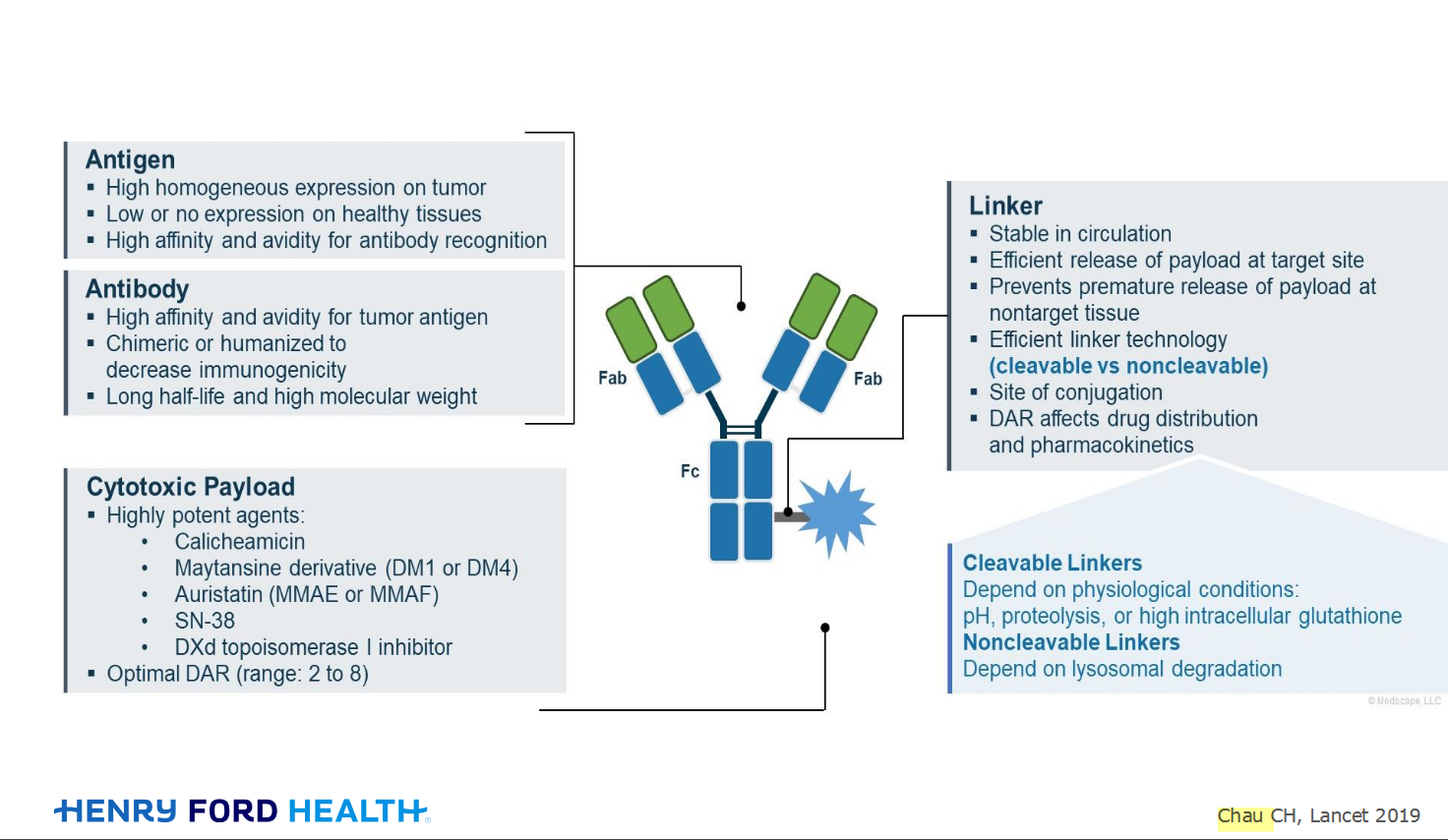Welcome!
Welcome to the new CancerGRACE.org! Explore our fresh look and improved features—take a quick tour to see what’s new.
Three months ago, I discussed the press release from Abraxis reporting that the phase III trial of carbo/Abraxane (nanoparticle albumin-bound paclitaxel) vs. carbo/taxol (paclitaxel) showed a significant benefit for higher response rate in the Abraxane arm. Carboplatin was given one day every three weeks, as was taxol, and Abraxane was given every week (no break). We received more information, though not a lot more, with the presentation at ASCO earlier this month.
The trial enrolled 1053 patients with previously untreated advanced NSCLC, the majority from Russia and the Ukraine, to either standard carbo/taxol or the albumen-bound form that doesn't require steroid pretreatment and has a somewhat different toxicity profile. We don't have progression-free survival (PFS) or overall survival (OS) data yet, but we did get some numbers for response rates. Specifically, according to a pre-planned independent radiologist review, the carbo/Abraxane arm had a RR of 33%, compared with 25% for carbo/taxol. The numbers were a little higher in the investigator-reported numbers, but with essentially the same difference (37% vs. 30%).
(click on image to enlarge)
What was more interesting, in my opinion, was that the breakdown by histology showed that, at least according to the independent radiology reviewers, the difference was far more pronounced in patients with squamous cell NSCLC histology (41% vs. 25%), while there wasn't any real difference between the Abraxane and taxol arms for adenocarcinoma histology (26% vs. 25%). Interestingly, the investigators themselves had the same RR assessment of 37% vs. 30% for both major NSCLC histologic subtypes:
In terms of side effects, Abraxane was associated with less severe sensory neuropathy and less neutropenia (low white blood cell count associated with higher risk of infection) but higher rates of anemia and thrombocytopenia (low platelet counts).
Abraxis, the company that makes and markets Abraxane (it's FDA-approved for breast cancer already) is expected to seek an indication in lung cancer based on these data. As I had indicated in my post about the press release back in March, the data at ASCO were received with a sense that response rate data don't provide the most compelling overall picture in the absence of any evidence that patients remained without progression and/or lived longer for getting Abraxane, and I would say that the overall tone of the audience was critical of RR as a primary endpoint and the basis of any meaningful conclusions.
So what can we say? I'd really be far more swayed by data showing a significant improvement in the endpoints that I think translate more directly to real clinical benefits for patients (I think my patients would rather have minor tumor shrinkage that lasts a year or more, vs. more significant but also more transient tumor shrinkage, and they'd especially prefer to have their treatments extend their survival significantly), but I'm impressed that a difference in RR in the 7% range is at least worthy of our attention. I'm actually far more impressed in the difference of 16% in patients with squamous NSCLC, if that's real -- not only is that a pretty compelling difference, but it's in a patient population for whom new treatments with meaningful benefits have been maddeningly hard to come by. If we could find a particular chemo agent that is especially effective in squamous cell histology, that would be very encouraging.
The response rate data give only a preliminary glance at the whole picture, but I'm hopeful that this may represent a meaningful incremental benefit for NSCLC patients with squamous histology.
Please feel free to offer comments and raise questions in our
discussion forums.
Hi app.92, Welcome to Grace. I'm sorry this is late getting to you. And more sorry your mum is going through this. It's possible this isn't a pancoast tumor even though...
A Brief Tornado. I love the analogy Dr. Antonoff gave us to describe her presentation. I felt it earlier too and am looking forward to going back for deeper dive.
Dr. Singhi's reprise on appropriate treatment, "Right patient, right time, right team".
While Dr. Ryckman described radiation oncology as "the perfect blend of nerd skills and empathy".
I hope any...
My understanding of ADCs is very basic. I plan to study Dr. Rous’ discussion to broaden that understanding.

Here's the webinar on YouTube. It begins with the agenda. Note the link is a playlist, which will be populated with shorts from the webinar on specific topics
An antibody–drug conjugate (ADC) works a bit like a Trojan horse. It has three main components:

Welcome to the new CancerGRACE.org! Explore our fresh look and improved features—take a quick tour to see what’s new.